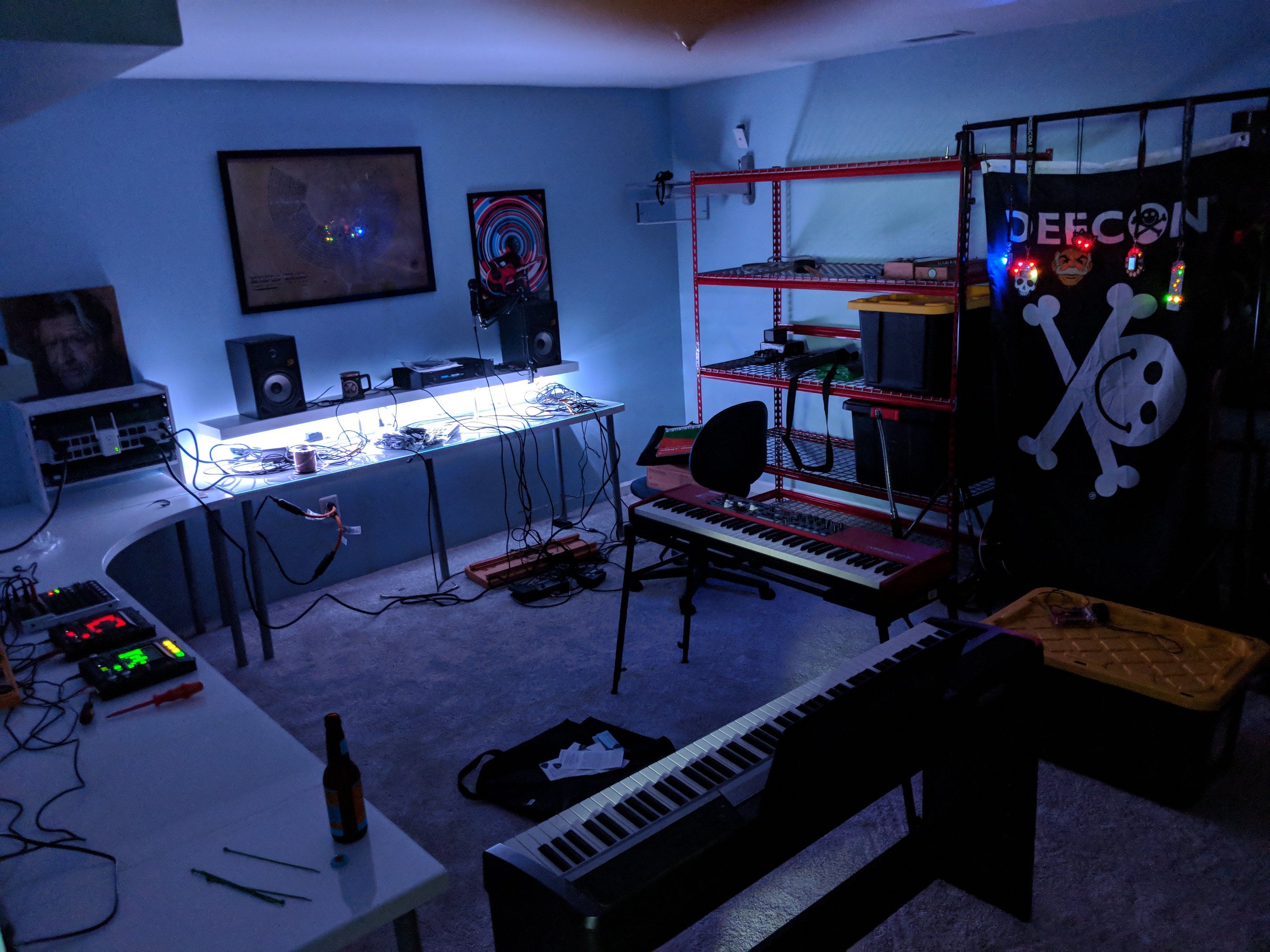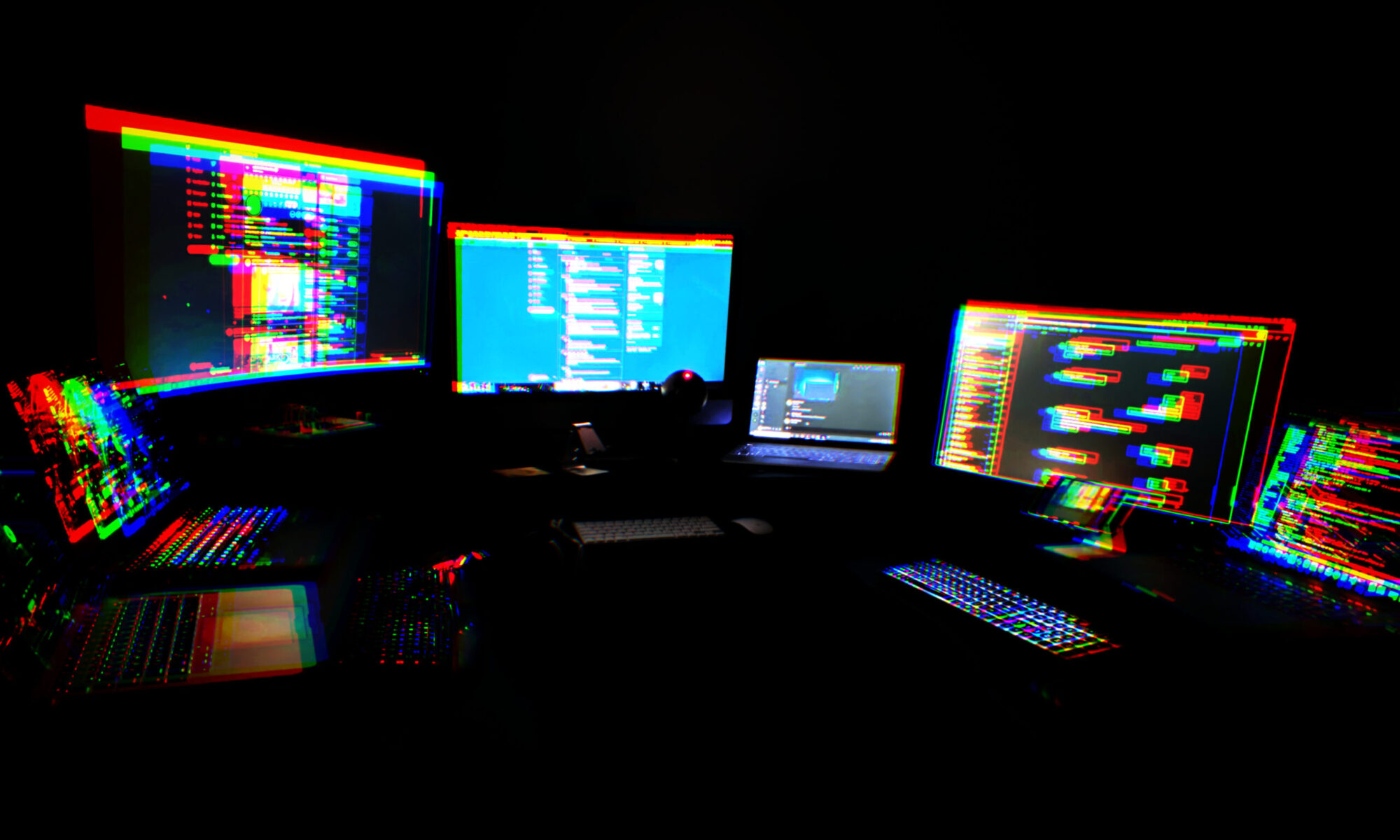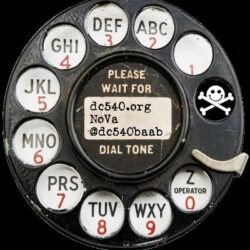Bring yourself and your interests. If you have DEFCON indie badges (#badgelife) bring them. If you have something you want to demo or learn about, bring it.
Show us your nerdspace.


Hackerboxes #0028: Jam Box
The soldering for this one was a piece of cake. Everything was nicely padded and spaced. Big pads make soldering way easier than a tiny ring.
EXCEPT for the potentiometers. The strain-relief legs didn’t fit into the PCB holes, and Hackerboxes just suggested shaping them into a tube to make them fit, without any real guidelines on how to do that. Anyway…
I hadn’t yet installed the Arduino IDE on my primary Macbook. No issues there. Had to install the ESP32 board into the Board Manager. Then I had to install the VCP USB UART driver so that the serial port would show up in the Arduino IDE.
Then, BAM. My sketch uploaded and works.
Yes, I know I didn’t install the pots yet. I also didn’t install the DAC yet. Maybe tomorrow. I just wanted to light up the MAX7219 8x8s.
Status update
Three weeks and one day until the first meet, and we’re up to twenty in the Meetup group, and eight have RSVPd for the first meeting. The room has a capacity of 25, so that’s working out well.
Drink all the Booze, Hack all the Things!
Well, that’s interesting. Reading the fine print of the library agreement. The library allows alcohol in its meeting rooms. HOWEVER, and it’s a big however, even if it’s BYOB, it’s only allowed with a state permit. So from my brief research, a $55 “Banquet” license would allow us to either BYOB at the meetings (YES, it would feel gloriously naughty to drink beer in the LIBRARY) or to actually sell beer & wine. I’d be curious if anyone in this group thinks that’d be worth pursuing.
Tell you what… Get your company to sponsor the meetup for $150 and I’ll get the license and bring quality beers for everyone who’s legal.
BSides DC tix 2nd round on sale
I got mine, how many of my other 540ers are going to be there? I decided, since Nick Cave is the night before at Anthem, that I’m going to stay at the venue in DC rather than commuting from home. Anyone doing any of the classes?
Winner announced
There has been a winner to the covertly announced easter egg contest. Maybe we will meet him or her at the first meeting.
Last year’s circuit-bending project needs a refresher.
I built this proof-of-concept last year. There are lots of people doing circuit-bending experiments, and the older model of the Alesis SR16 is a somewhat popular platform. It’s affordable, if you can find the older through-hole model (the surface mount version runs about the same price, and there are more of these out there on eBay et al, and it might be difficult to tell the difference. But most circuit-benders are happiest with traditional analog switches, knobs and patch cables. I wanted something a bit more flexible, and for lack of a better word, fluid.
So I set about connecting all the available/usable pins of the sound module IC to opto-isolator relays, and connecting all of the relays to a common “ground.” Then I set up a Raspberry Pi to control the relays via the GPIO pins. Then I added the 7″ RPi touch screen and slapped together a quick Python GUI for controlling the relays through the Pi, stealing some on/off switch graphics from somewhere on the net to populate the GUI.
This isn’t what I consider an end result, it’s a jumping off point. From here I can easily figure out which pin combinations generate my preferred sound modifications. I can then add buttons that apply those pin groupings as “mood” combination settings. I can add a MIDI controller so that I can automate it from my keyboard or DAW. The possibilities are limitless. Flexible, fast pin coupling changes, automation, etc.
Now that my soldering skills have leveled up a few points, I’m going to spend some time revisiting this project, and maybe mount it in a more permanent housing. What other fun things can I do from here? Oh yes, blinky LEDs? That’s a must.
Fuck. You found it already?
First person to find this post wins a beer. Nice work. Email your proof of work (general walkthrough and reasoning) to [email protected] and we’ll get together.

